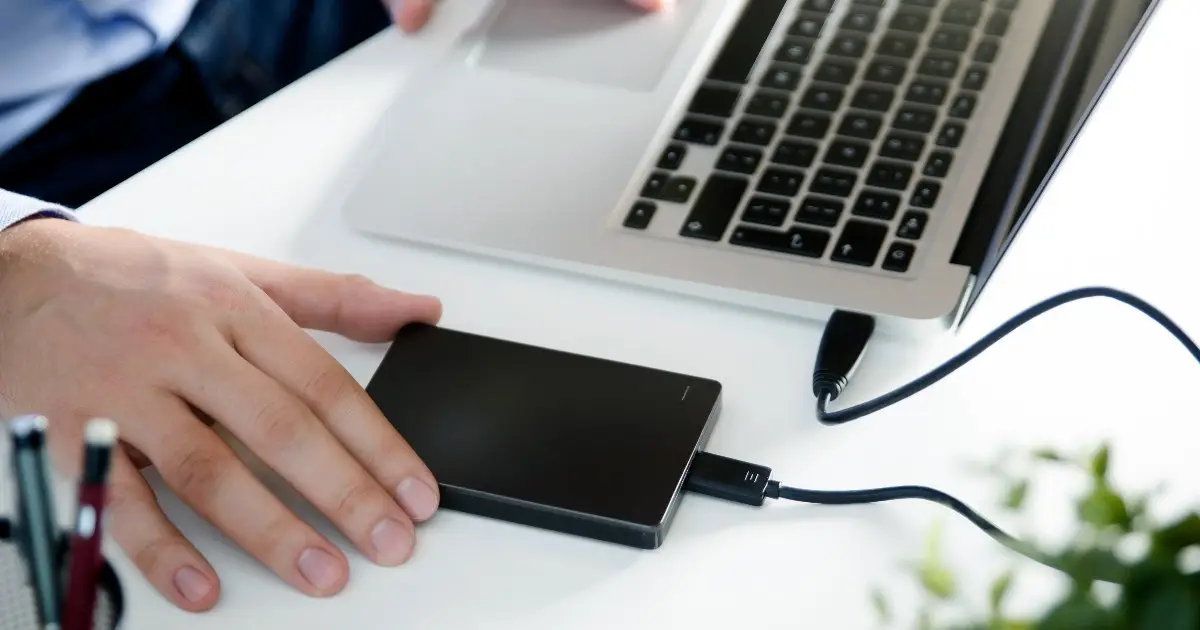
The Simplest Ways To Back Up Your Files
Evidently, technology is evolving but we all know electronic devices can barely last an entire decade before becoming obsolete or nonfunctional. Therefore, backing up special and important documents on a regular basis is crucial. So, it is advisable to back up a little more frequently as it minimizes the chances of losing your documents, baby’s pictures, etc in the event of theft, fire or hard drive failure.
Here are the three easiest ways to back up files.
1. Cloud storage
This system involves moving your files from your computer to a server in a data center, away from your home or office. A cloud storage company uses those servers to offer a certain amount of space that you virtually rent to store your files.
You can make use of Cloud services like Dropbox (product), Google Drive (product), OneDrive, iCloud, etc to automatically backup all of your files. With these services, you an sync folders or even complete file systems in no time. Of course, you will need a good internet connection and pay for subscription.
Once you sign up for a cloud storage service, you can upload, view, modify and delete files stored in your cloud storage account at anytime, from any computer or mobile device. You can also move files back onto your computer whenever you want.
2. External hard disk
An external hard drive is a hard disk drive where you can store files, just like the one found in a computer. They are usually small and portable, but some are much larger and are designed to sit on your desk.
This solution comes relatively cheap and can automatically back up and restore all files. For instance, Mac OS X has a utility called Time Machine that lets you do this. If you don’t want to go through the trouble of connecting the drive always, you can connect to a network drive and have the backup trigger periodically.
Note that hard drives can fail at any time, which means you won’t be able to access the files you’ve stored on it sometimes. Though this is rare and most drives can last for so many years before needing to be replaced.
3. Flash drive
Flash drives are small, portable drives that come in a wide variety of designs. It is is very similar to external drives , but they have less storage and use flash memory. Once plugged and connected to a computer through the USB port, you can copy or drag and drop files onto it. After disconnection, those files will live on the flash drive until you remove them.
A typical large flash drive can have up to 256GB of storage space, enough for a few thousand documents or photos, depending on their sizes. They are best suited for people with just few files to backup and are especially great for students to back up documents.
However, one of the potential problems of flash drives is that they can break down, fail or become corrupted. When/if this happens, files become accessible and useless.
